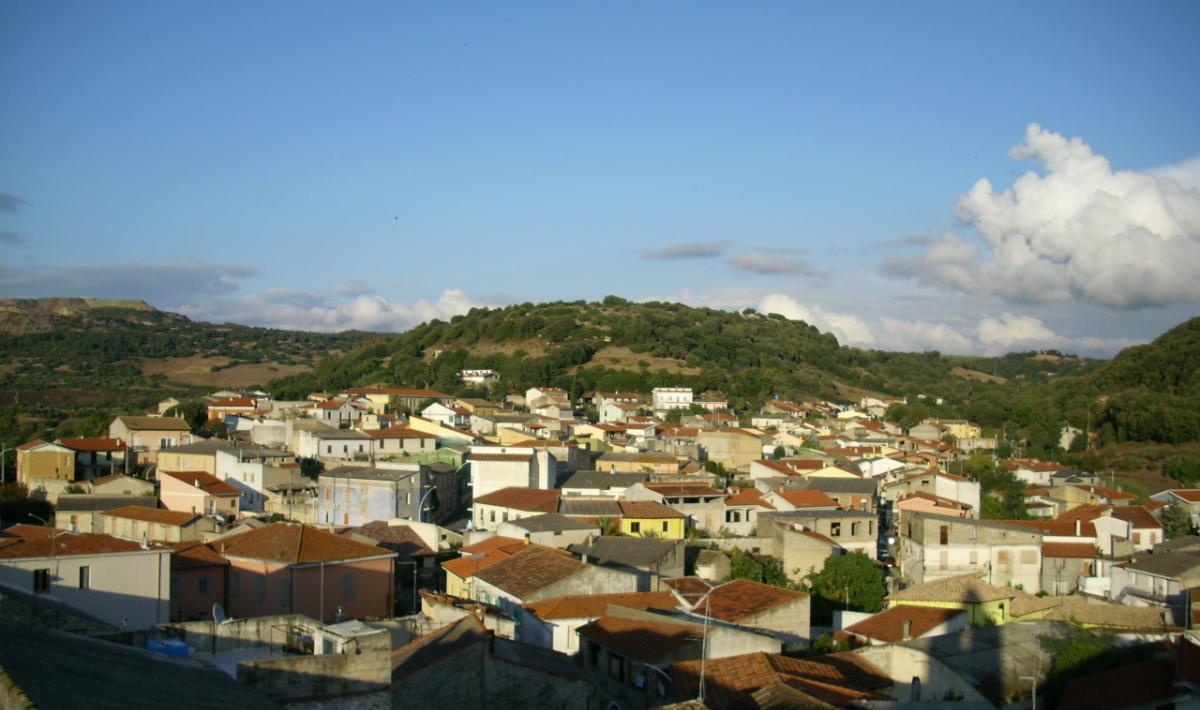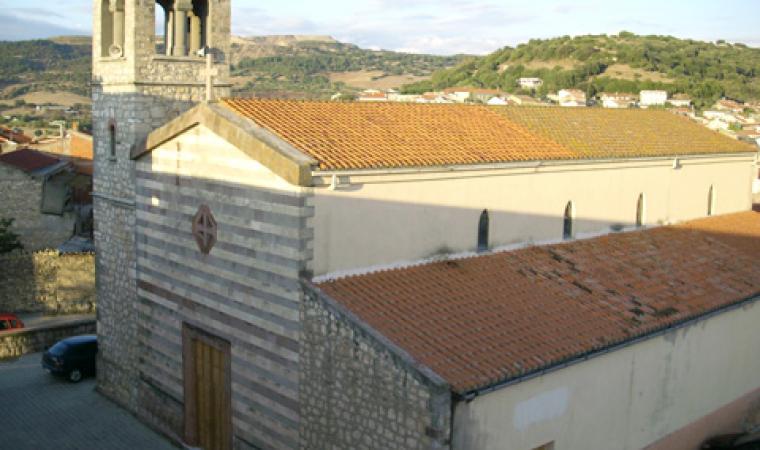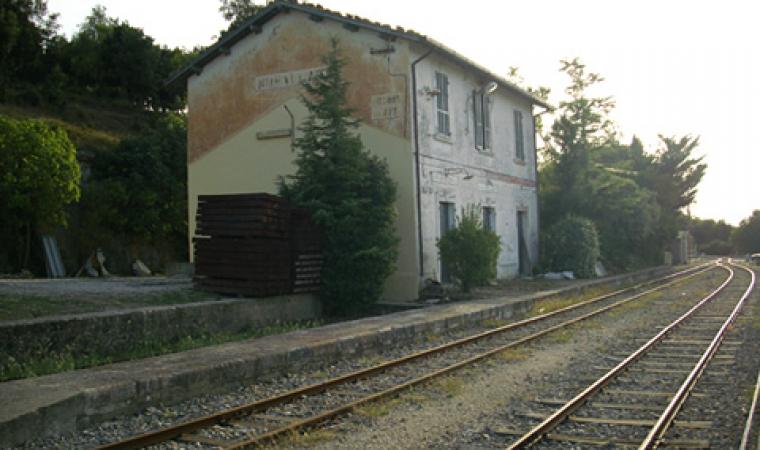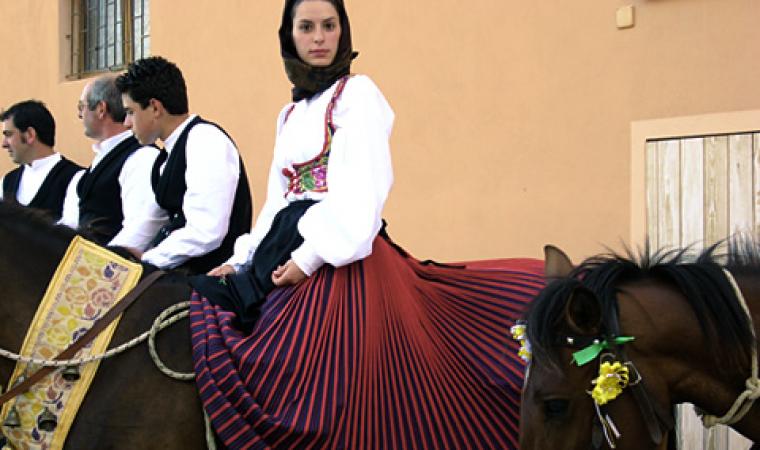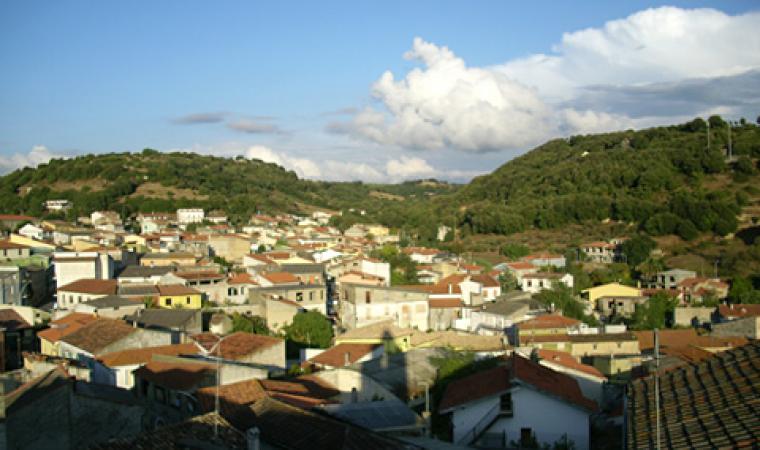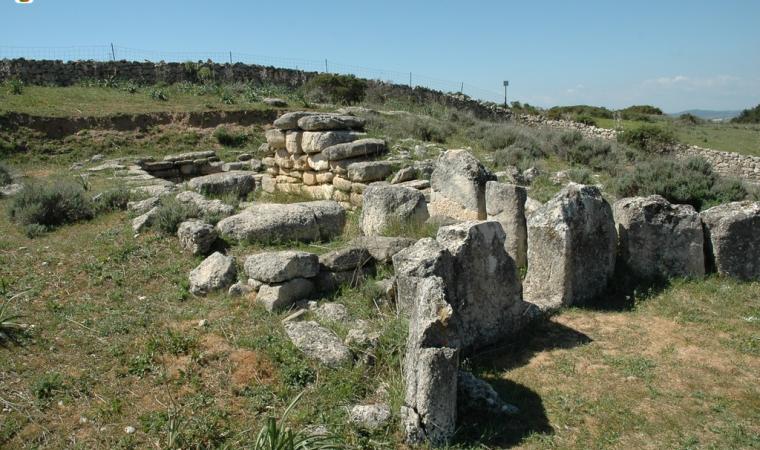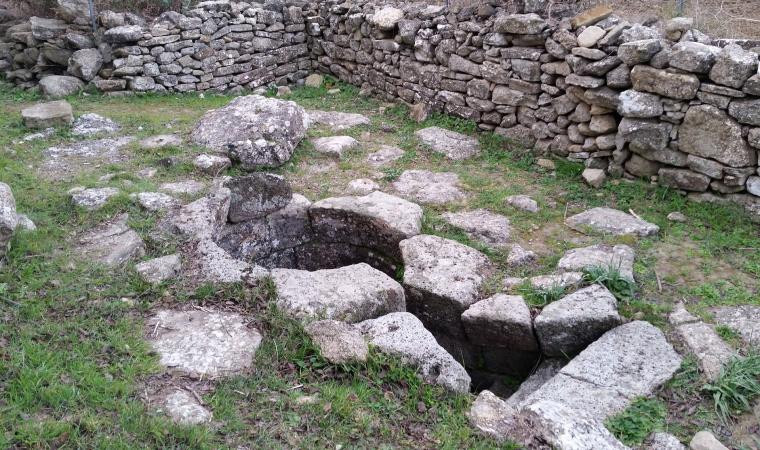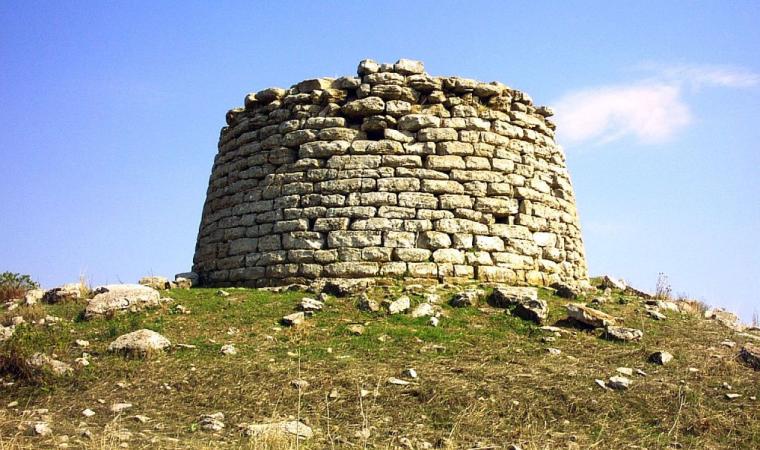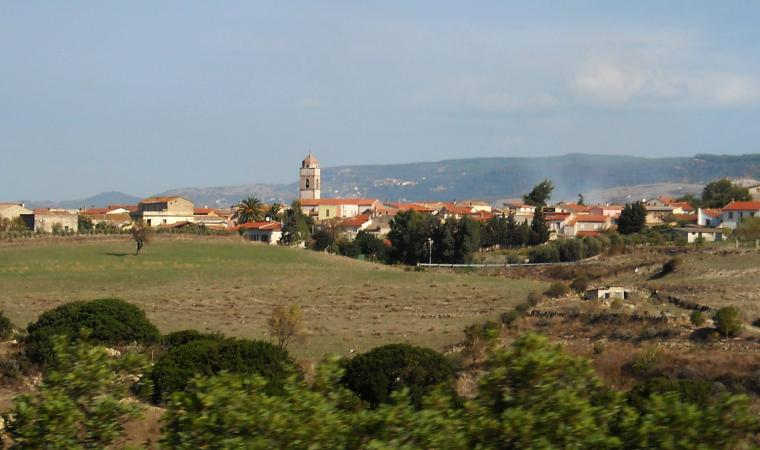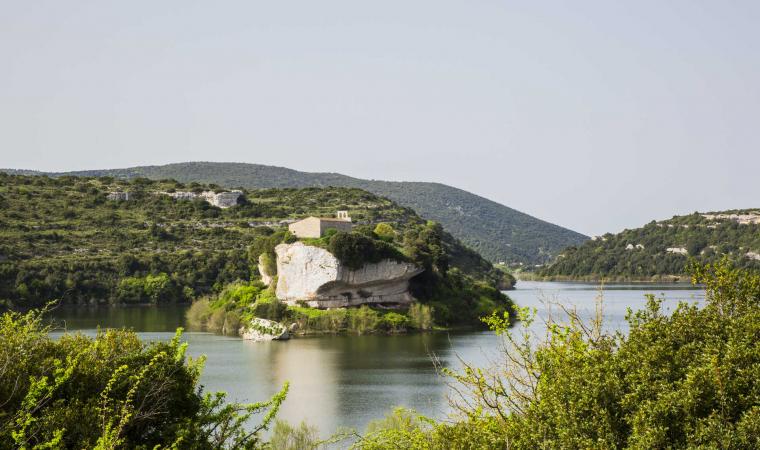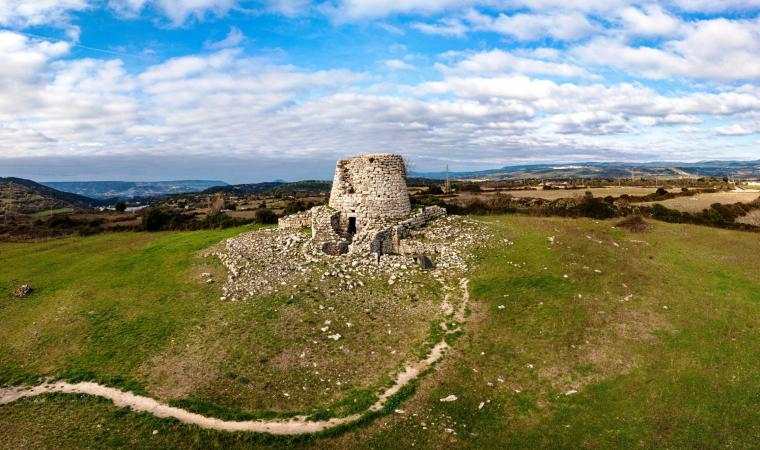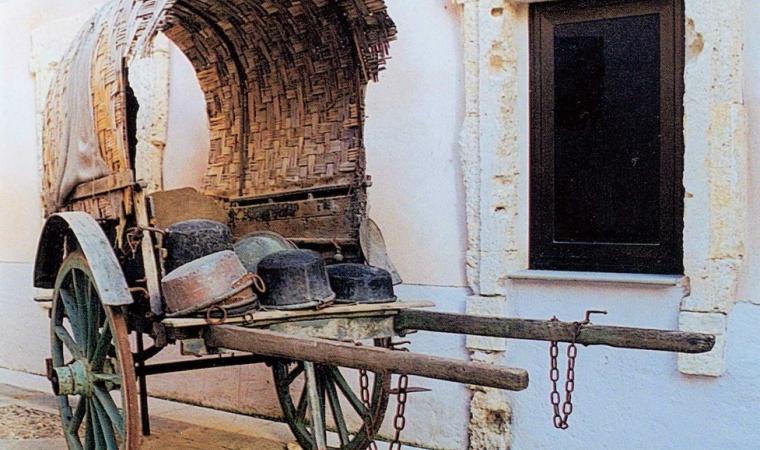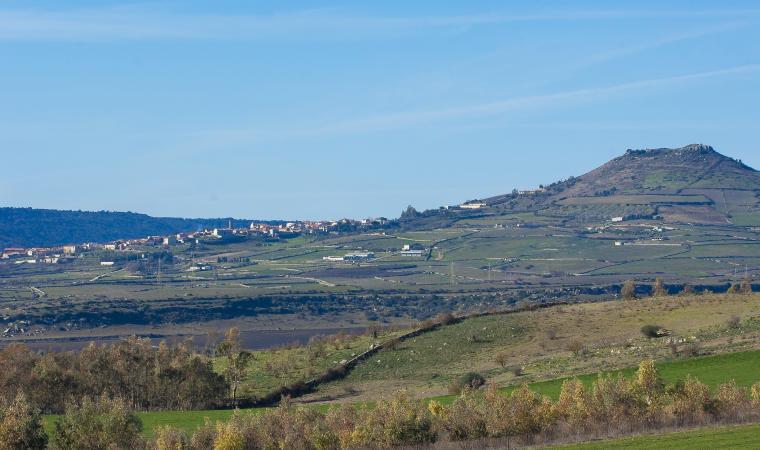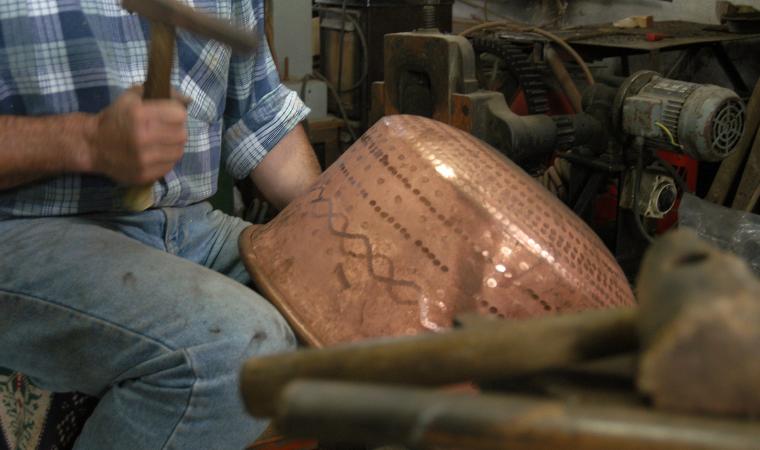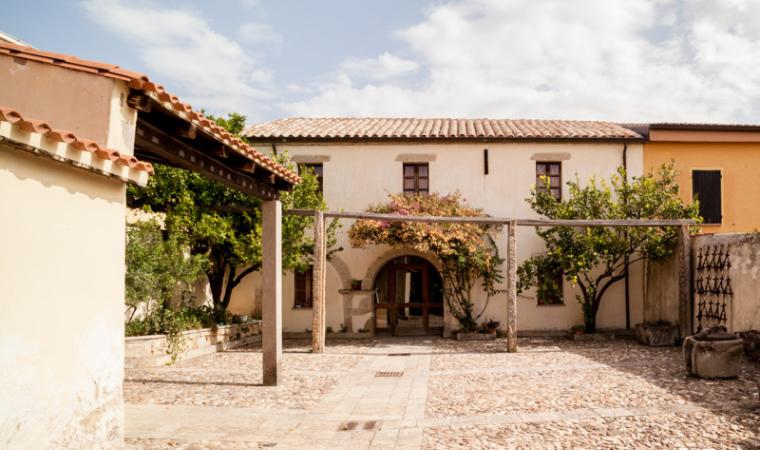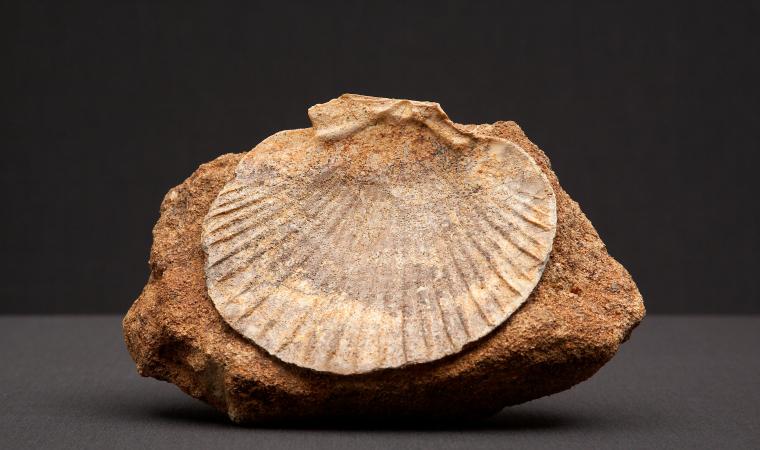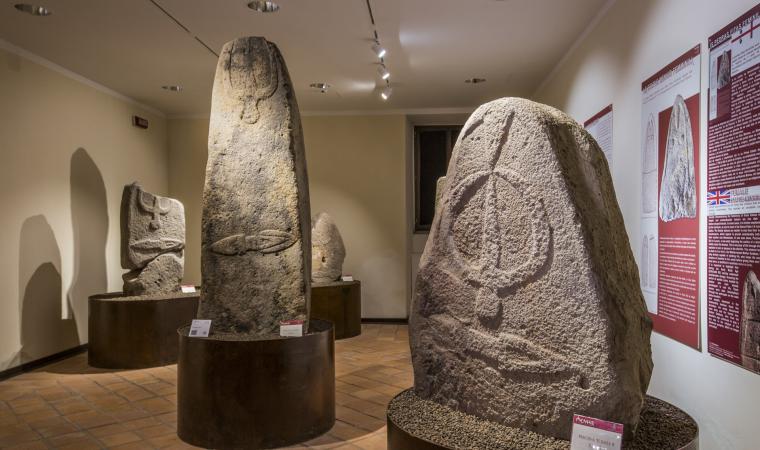Sheltered by two limestone hills, it sits next to SS 128, separating Campidano from the island’s interior. Nurallao is a town of 1400 inhabitants in Sarcidano, a border area between the provinces of south Sardinia and of Nuoro, with strong agro-pastoral activity and craftworks: it is famous for producing lime, shingles and pots. Deposits of refractory and china clays near the town were the source of considerable income in the first half of the 20th century. Past mining activity, which is now in decline, is attested by the abandoned mines of Niachili and by various kilns, including Funtan’e Susu, an industrial archaeology site. Until the 1960s, the mines were serviced by mining rail lines. Today they are part of the Trenino Verde line, which connects Isili with Sorgono passing next to Lake San Sebastiano. The lake is fed by Sarcidano river, which flows by common and holm oaks and Mediterranean shrubs of the Funtana is Arinus Park and forms the Su Craddaxioleddu Waterfall. This natural oasis, just north of the town, hosts the Festival of Is Tallarinus Nuraddesusu, typical dish of Nurallao, on Easter Monday, and a Sheep Festival paired with the Procession of Sant’Isidoro of is traccas (floats) in May. The most highly-anticipated event, the Regional Music Festival, takes place in September. At the end of June, the Feast Day of the patron saint, Saint Peter the Apostle, is celebrated with a procession in traditional dress that sets off from the parish church, where a 17th century statue of the patron saint is housed. The Church of Madonna della Strada is a must see. Set in the woods, it is the final stop of a mid-August pilgrimage undertaken for the Driver’s Festival.
Nuradao is mentioned in the peace treaty between Eleanor of Arborea and John I of Aragon (1388). The place name may derive from the Nuragic-Etruscan word for mound or walls. The Punics built fortifications around the town, which was then occupied by the Romans, who left traces at Sa Bidda Becia. Here, one can see the remains of houses, roads and wells of a village and the Baths of Cannedu (I-III AD). In Nieddiu, in the vicinity of which a fascinating Well Temple can be found, stands one of the area’s nine nuraghes. At Sa Conca ‘e Sa Figu, bronze statuettes of Sardus-Pater and a goddess were uncovered, in addition to a considerable amount of tin and lead, as well as a building, possibly a bronze foundry. Most importantly, in Nurallao, there is one of the biggest megalithic tombs in all of the Mediterranean: the Giant’s Tomb of Aiodda. Located in Pranu is Ciaexius, on the border with Nuragus, it is shaped like a taurine protome with an exedra of orthostatic slabs and an arched stele, at the base of which, a small door leads to 10-metre long burial chamber. Pottery fragments, copper and bronze pins, and fragments of steles with sculpted symbolic patterns similar to those found on menhir statues of Sarcidano (i.e. upside down human figures with and without daggers), were found. The burial dates back to 15th century BC, however it was in use even before, as seen from the “recycled” menhirs dating to 3000-2500 BC.

